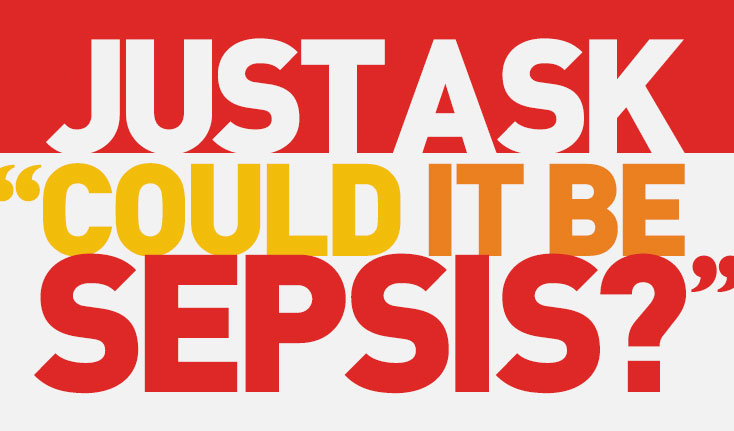We still don’t know why some people who get an infection develop sepsis and others don’t. People are more likely to develop sepsis after a viral illness like a cold, or a minor injury. But it can affect anyone, regardless of age or state of health. However, some people are more likely to get sepsis, including those who:
- are very young or very old
- are diabetic
- are on long-term steroids or on drugs to treat cancer or other conditions
- have had an organ transplant and are on anti-rejection drugs
- are malnourished (your body hasn’t had enough food)
- have serious liver disease
- have a serious illness which affects your immune system (the way your body protects itself from infection), such as leukaemia
- have an infection or a complication after an operation
- are pregnant or have just given birth
Our aim is to end preventable deaths from sepsis and improve outcomes for survivors, by instigating political change, educating healthcare professionals, raising public awareness and providing support for those affected by this devastating condition. We estimate that better awareness could save at least 14,000 lives every year and knowing the symptoms in adults and children and the demographics most at risk of developing sepsis is a step towards ending unnecessary deaths from sepsis.
